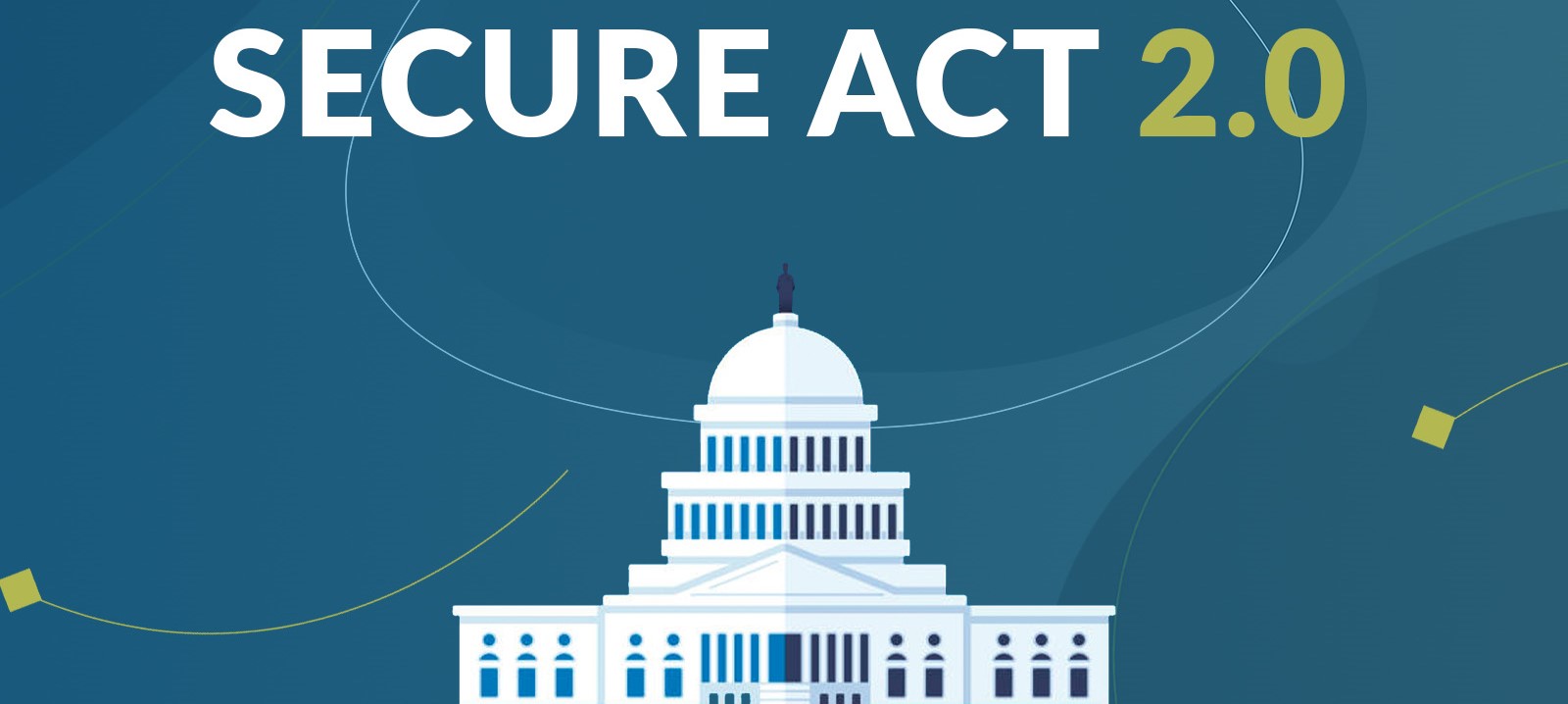Some of you are aware that there are two types of Section 457(b) retirement plans. The first are governmental plans for state and local municipal workers. The second type is “top hat” plans for highly-paid and managerial employees of tax-exempt employers like hospitals. What you may not know is that the two types of plans are different in several important ways.
The First Major Difference.
Top hat participants are often surprised to learn that, when leaving their employer, they cannot do a tax-free rollover of their account to an IRA or another employer plan. What they can do is a tax-free transfer if they take a new job with an employer that has a top-hat plan and if both the old plan and the new plan allow transfers. This means top hat distributions are normally taxed in the year of distribution. To reduce this tax hit, some plans allow for distributions to be made in installments over several years. By contrast, municipal workers can do a rollover of their 457(b) distribution to an IRA or another plan that accepts rollovers – just like 401(k) participants.
The Second Major Difference.
A second major difference is the level of protection participants in the two types of plans have if the entity sponsoring the plan goes into bankruptcy. Governmental 457(b) plan funds, like 401(k) dollars, must be held separately in a trust fund, meaning those funds can’t be touched by the municipality’s creditors. On the other hand, top hat plan funds must remain the property of the company. So, if the business goes bankrupt, participant accounts can be reached by creditors.
Risk Mitigation
As a way of mitigating this risk, some employers with top-hat plans offer “rabbi trusts”. With a rabbi trust, top hat plan funds still remain subject to the employer’s creditors. However, the employee is protected if the company refuses to pay the promised benefits due to a change of heart or because another entity becomes the employer after a corporate transaction.
The fact that top hat accounts can be seized by creditors explains another difference between the two types of plans. Top hat plans can only be offered to employees who are key management or are highly paid. In a hospital setting, this typically means doctors and high-level executives. Congress mandated this limited eligibility under the belief that only highly-paid employees should bear the risk of losing their money to creditors. By contrast, governmental 457(b) plans can cover all employees, including rank-and-file workers.
Several plan features permitted in governmental plans aren’t allowed in top hat plans. These include Roth contributions, plan loans, and non-hardship in-service withdrawals after the age of 59 ½.
If you are a participant in a 457(b) retirement plan, it is imperative to understand what type of 457 it is, and what benefits or limitations apply.
By Ian Berger, JD
IRA Analyst











